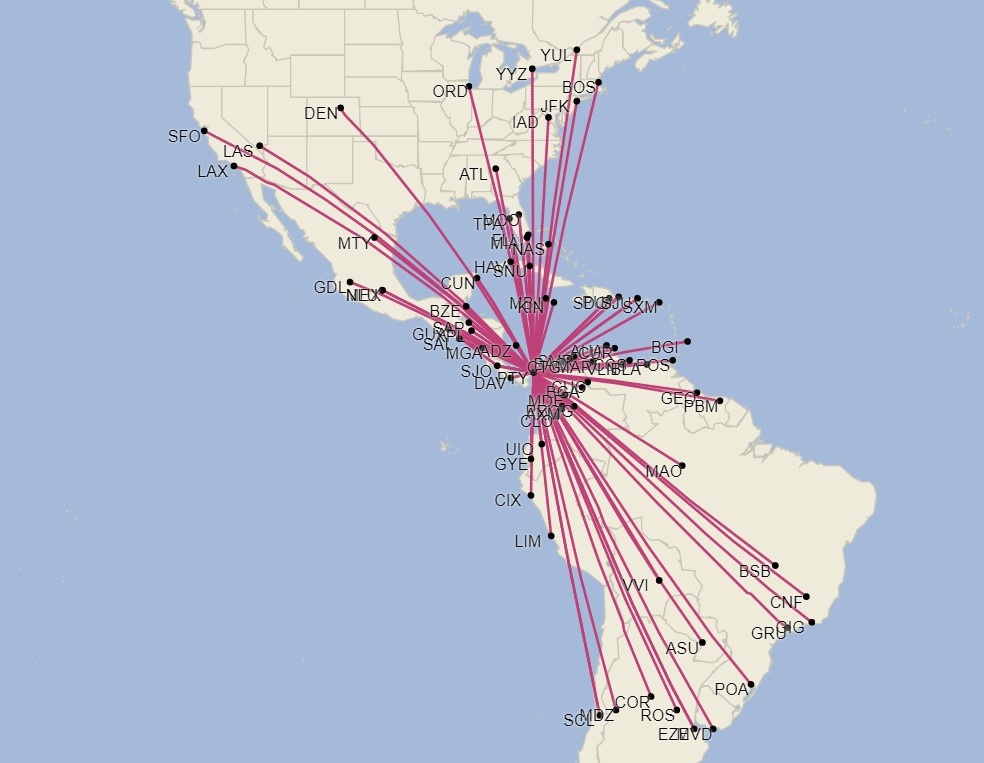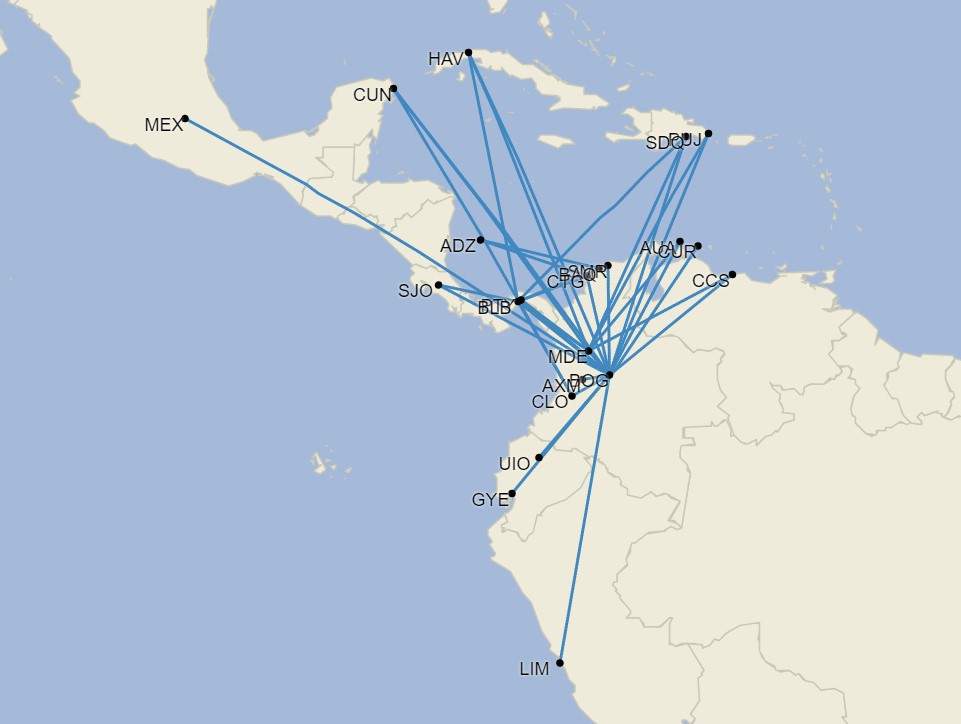Copa Airlines expects delays in the delivery of new Boeing 737 MAX 9s
As part of the presentation of Copa Holdings’ financial results for 2022 that took place this Thursday morning, a year in which, as we reported yesterday, they obtained a net profit of USD 348 million, José Montero, the company’s Chief Financial Officer, informed that during 2023 they expect to add twelve Boeing 737 MAX 9s to their fleet (one of which they received in January). This represents one less aircraft than originally planned.
Montero also mentioned that they were informed by Boeing that the remaining eleven aircraft will be added two to four months later than originally expected.
This delay, coupled with the demand environment, has lowered the capacity growth forecast (in ASM) to a range of between 12% and 14% versus 2022, when a figure of over 15% was previously estimated.
Copa’s current fleet consists of 67 Boeing 737-800s, 22 B737 MAX 9s, 9 B737-700s and one B737-800 freighter.
New destinations
As we have published in previous notes, Copa is already scheduled to land in three new destinations during 2023: Manta in Ecuador, and Baltimore and Austin in the United States.
Asked where the estimated 12-14% capacity growth will come from, whether from adding new destinations or increasing frequencies on the existing and announced network, Pedro Heilbron said that 50% of the capacity growth in 2023 will come from the annualised effect of the new destinations launched last year, while the remaining 50% will come mostly from adding frequencies to the existing network, leaving «a small part» to new destinations, which he expects to be at least two before the end of the year.
These new destinations would be previously unserved cities, rather than the resumption of the eight or so that have not yet returned after the pandemic, several of which would also be resumed later this year.

Cargo
Regarding the cargo market, to which Copa began to dedicate an exclusive aircraft last year (Boeing 737-800), Heilbron said that this segment represents only 3% of its revenues, so it is not significant (although he did note that it was previously 2.5%).
The pure freighter aircraft is bringing them very good results in terms of load factor and yield with an average usage of around 10 hours a day, but still most of the cargo is moved in the belly of passenger aircraft.
Wingo
Copa Holdings’ ultra low-cost carrier currently operates nine Boeing 737-800s, the last of which was added in 2022.
Heilbron said he believes the Colombian market is very competitive at present and that it has overcapacity.
That is why in 2023 they will not add new aircraft and do not expect to grow much except by improving fleet utilisation or moving capacity between markets, whether existing or new.
The Wingo network in 2022 closed with 20 cities and 31 routes in 10 countries.


/https://aviacionlinecdn.eleco.com.ar/media/2021/02/Copa_Airlines_HP-9901CMP_Boeing_737-9_MAX.jpg)
Para comentar, debés estar registradoPor favor, iniciá sesión